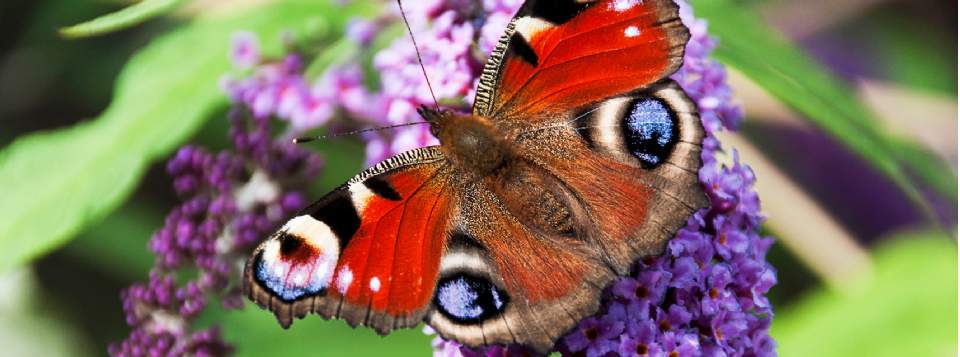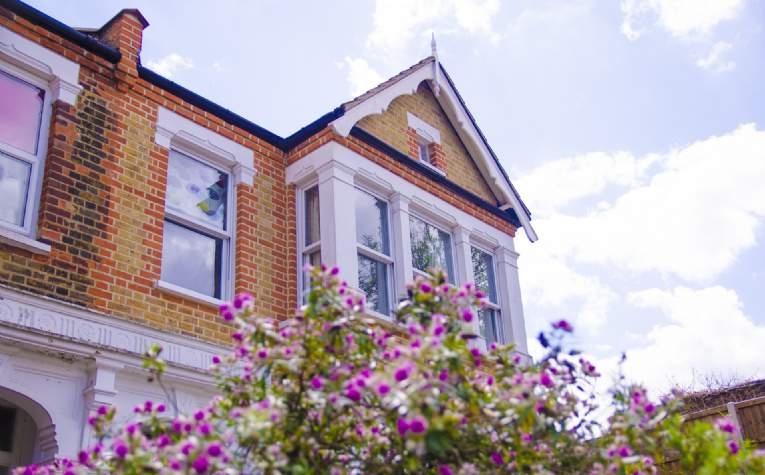Being asked to choose my favourite plant is like being asked to pick a favourite child – impossible.
But, if pressed, I’d single out three hard-working contenders: the simple, sulphur-green lady’s mantle (Alchemilla mollis), the daisy-like Mexican fleabane (Erigeron karvinskianus), and sedums with their lovely autumn colour and big bang for their buck.
All of these are loved by pollinators and, the beauty is, would work in any setting, however big or small the growing area.
Creating a wildlife-friendly garden is all about habitat; the larger the garden, the easier that is to do but here are some tips to try whatever the size of your plot:
Window boxes and balconies
If you’re really tight for space, think about using a container to build a cool bug hotel with sticks and twigs for overwintering invertebrates. Moths, butterflies and bees will love you if you plant it up with some of those sedums. Buddleia is a beacon for butterflies and, while it will need a decent size pot, would work well in a grouped arrangement of containers to provide different levels of planting.
Small city gardens
Consider what you are trying to attract. If you want birds in your garden they will need somewhere to hide. Evergreen shrubs will give structure and shelter but don’t dismiss planting some trees too. I have nine in my small, suburban garden – the trick is to keep them pruned.
You could try a Tibetan cherry (Prunus serrula) and for the understory maybe go for clipped yew balls and a mix of herbs like rosemary and chives.
When it comes to plants, I’ve got two words: repeat and restraint. The biggest mistake that’s often made is to plant one of this, one of that, one of the other, so you end up diluting the effect. I’d recommend grouping the same plant in threes, fives or sevens then jump to another part of the garden and repeat to create an amazing tapestry.
Large gardens
True for small gardens too, the way we look after and nurture the soil is very important. We can all incorporate some of the core principles of regenerative agriculture into our gardening activities such as minimising soil disturbance, maximising species diversity by maintaining living roots all year round, and keeping the soil covered to enable organic matter to build up.
Many of us are time poor so why not focus on making the areas around the house look beautiful and don’t be afraid to mix fruits, herbs and vegetables in with your ornamentals. Don’t be embarrassed to welcome weeds at the back of the garden – nettles are fantastic for pollinators. And remember the entire lawn doesn’t have to be managed – change your mowing regime to let some areas grow wild.
Ponds, boggy and marginal areas are great and the larger the garden, the more scope you have for zoning; you could even create a fabulous grid of evergreen hedges and watch the birds flock in.
Mark Gregory is the designer of The Savills Garden at this year’s Chelsea Flower Show, a space designed to showcase ‘plot-to-plate’ planting.
Further information
From plot to plate: Savills returns to Chelsea Flower Show with a colourful collaboration
Top tips for the garden this spring

.jpg)
.jpg)
(1).jpg)
.jpg)
.jpg)

.jpg)

.jpg)
.jpg)